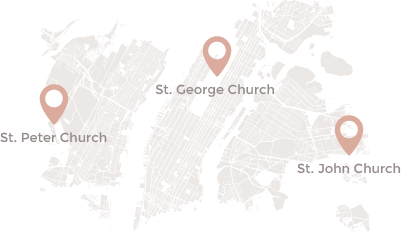The History of The Church of the Blessed Virgin Mary and All Saints Sculthorpe
The church is entered through the tower. Its base provides a spacious porch with three doors: ie the main south door to the nave which is locked on the inside, a smaller door with key into the south aisle, and a door for use under the turret stairs leading to the ringing chamber.
The tower was built shortly before 1300 and is attributed to one of the de Norwich family, whose arms have been recorded here. Foundations of a much earlier tower were detected at the west end of the name when the extension to the nave was added, now known as “The Galilee.”
The tower has simple Y tracery in the belfry windows, and the embattled parapet was probably added in the Perpendicular Period. Three bells are inscribed as follows: 1. Made by John Draper and John Brend 1630; 2. Made by Edward Tooke 1675; 3. Made by John Draper 1625. They were rehung in 1929 as part of a peal of six bells, which are all in working order for change ringing.
Outside on the west wall are two memorials with pediments of the early 18th century for the Matthews family. Also near the tower is the grave of Sir Willoughby Jones of Cranmer Hall, who paid for much of the Victorian Restoration work on this church.
The east stained glass window is the earliest, 1839, and has very rich colours. It was made by Ward & Hughes from a design by Thomas Willement. The panels show the principal scenes in the life of Christ.
The Galilee window tells the story of Ruth with the ancestors of Christ in the roundels between the main scenes. Robert T. Bayne designed this for Heaton & Butler, the London glaziers, and it was exhibited in the South Kensington Museum in 1862.
The south aisle window has graceful figures of the three virtues — Faith, Hope and Charity — each standing above downtrodden vices. This was designed for these three lancets by Burne-Jones for Morris & Co and was shown in the Paris Exhibition of 1867.
The south chancel window is a very rare work designed by Ford Maddox-Brown in 1864 for Morris & Co and has a dramatic expression of detail as Christ stills the waves and rescues Peter on Galilee.
The north chancel windows are typical 1889 work from J. Powell & Sons, designed by the then-youthful Henry Halliday, showing Holman Hunt’s ‘Light of the World’ and ‘Good Shepherd’. Also the angels St. Michael and St. Gabriel.
The west window has a delightful quatrefoil of a flying angel, playing a harp, and above the south aisle door is another angel sounding the trumpet call.
The Snetzler organ of 1756 was made in Germany where the practice of singing alternately with the organ continued later than in England. It came here from the York Assembly Rooms in 1860 and has a delightful organ case of its period. The colour of the notes on the keyboard is the reverse of present-day organs.
The memorial on the south chancel wall in lavish Victorian style is to Maj. Gen. John Thomas Jones, who was one of Wellington’s engineers involved at six sieges in the Peninsular War. Died in 1843, his crest is a lion lying in front of a castle and the motto “Marte et Arte”, which means “by strength and art”. We see his initials held by the two angels below. Under a low arch near it is the tomb-like memorial for his son who was murdered by brigands in Turkey in 1845, and for whom this chancel is restored.

